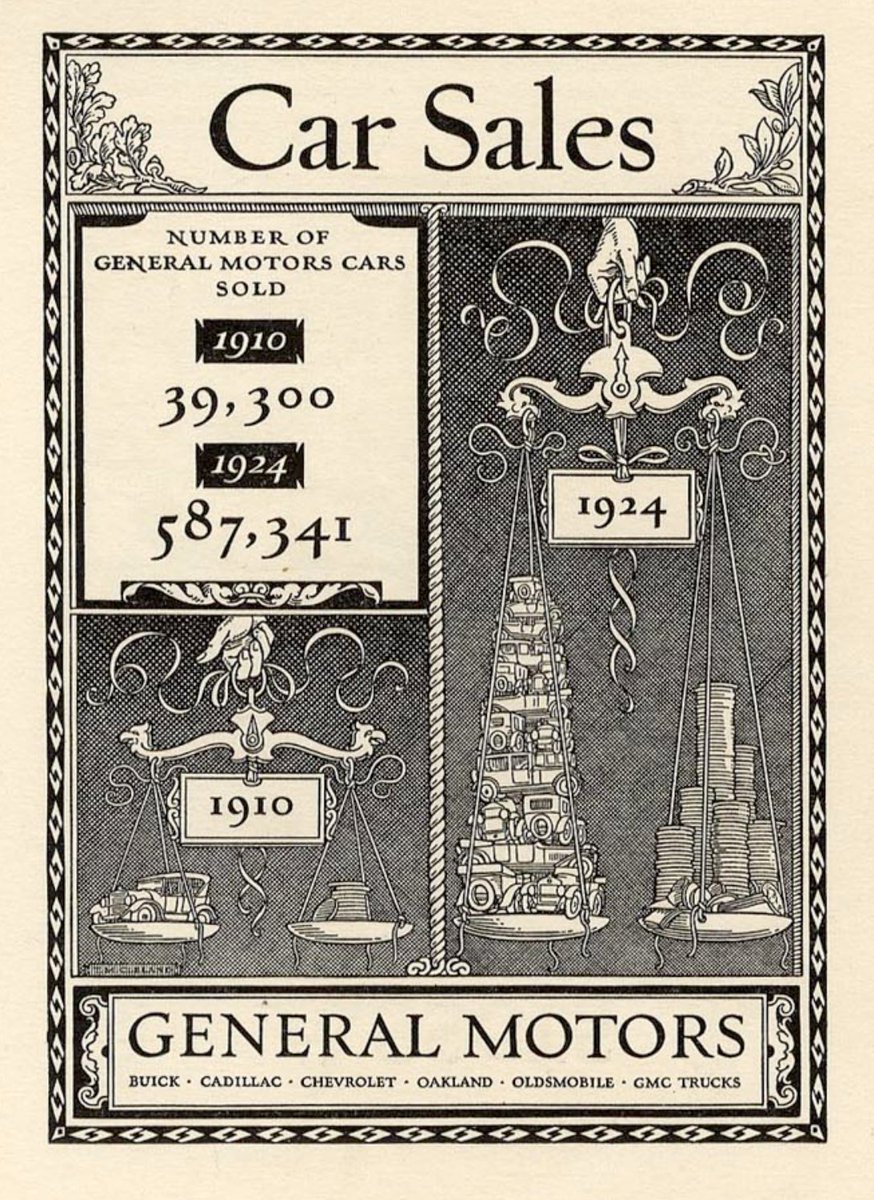
I haven’t been sharing as much lately because I’ve been trying not to buy too many more books, but today I started looking through Karl G Karsten’s fantastic 1926 Charts and Graphs. Here’s what we says about our favorite chart type: 

• • •
Missing some Tweet in this thread? You can try to
force a refresh


















